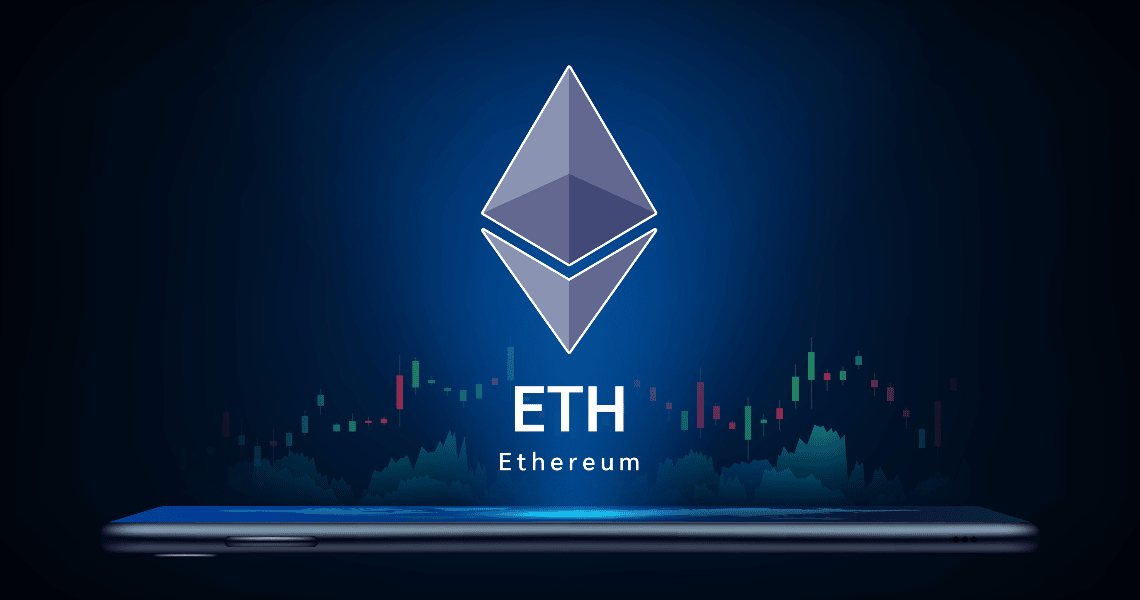Ethereum, the world’s second-largest cryptocurrency, has unexpectedly shifted gears. Once on a deflationary path, burning more Ether (ETH) than it created, the network has now entered inflationary territory. This marks the first time since 2022 that the supply of ETH has increased.
The shift is primarily attributed to a decline in network activity, resulting in a reduced burn rate. Ethereum’s EIP-1559 update, implemented in 2021, introduced a fee-burning mechanism that was initially hailed as a deflationary catalyst. However, the recent downturn in network usage has led to a significant drop in the amount of ETH being burned.
Uniswap, once a leading ETH burner, has seen its burn rate plummet. This, coupled with a similar trend among other top contributors like ETH transfers and Tether (USDT), paints a picture of a cooling Ethereum ecosystem. While the network continues to burn ETH, the rate at which it’s occurring is simply not enough to offset the new coins being issued.
Also Read: Ethereum’s $400B Market Cap and the $16 Trillion Potential of Real-World Asset (RWAs) Tokenisation
The implications of this shift are multifaceted. For ETH holders, it might temper price expectations, as deflationary pressures that could have supported price increases are now absent. For the broader crypto market, it raises questions about the overall health of the Ethereum ecosystem and its ability to sustain its position as a leading smart contract platform.
While it’s essential to note that this is a recent development, and the situation could reverse if network activity picks up, the inflationary turn is a stark reminder of the dynamic nature of the cryptocurrency market. As Ethereum and other networks evolve, so too will their economic models, necessitating constant adaptation and analysis.
Disclaimer: The information in this article is for general purposes only and does not constitute financial advice. The author’s views are personal and may not reflect the views of Chain Affairs. Before making any investment decisions, you should always conduct your own research. Chain Affairs is not responsible for any financial losses.





